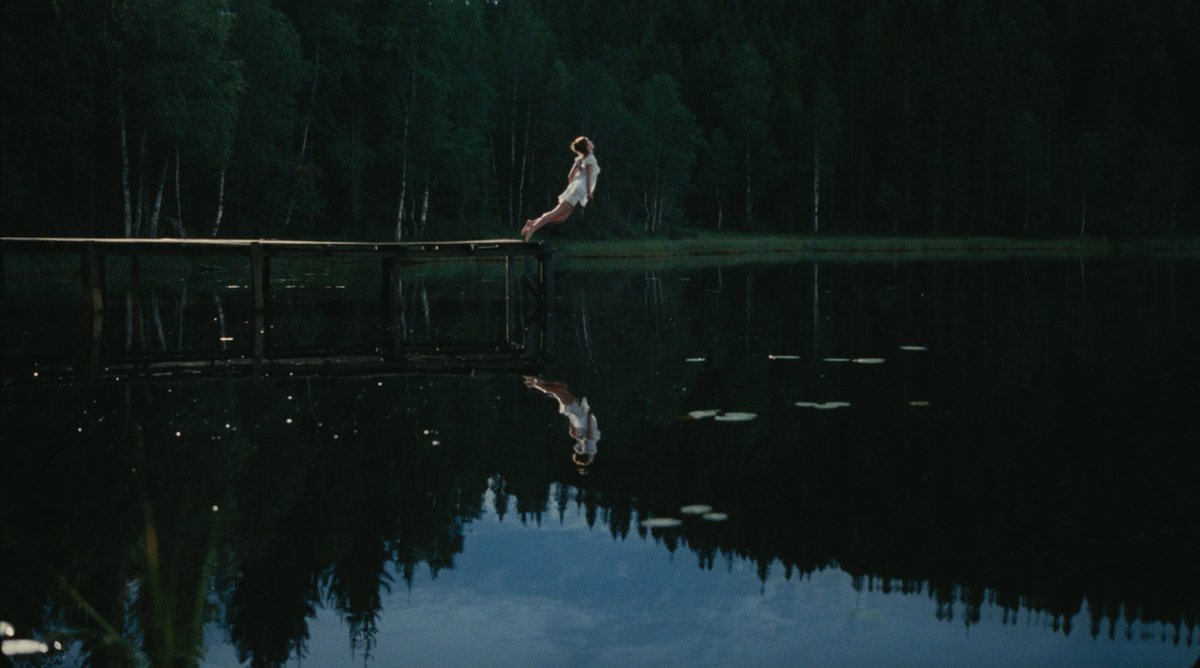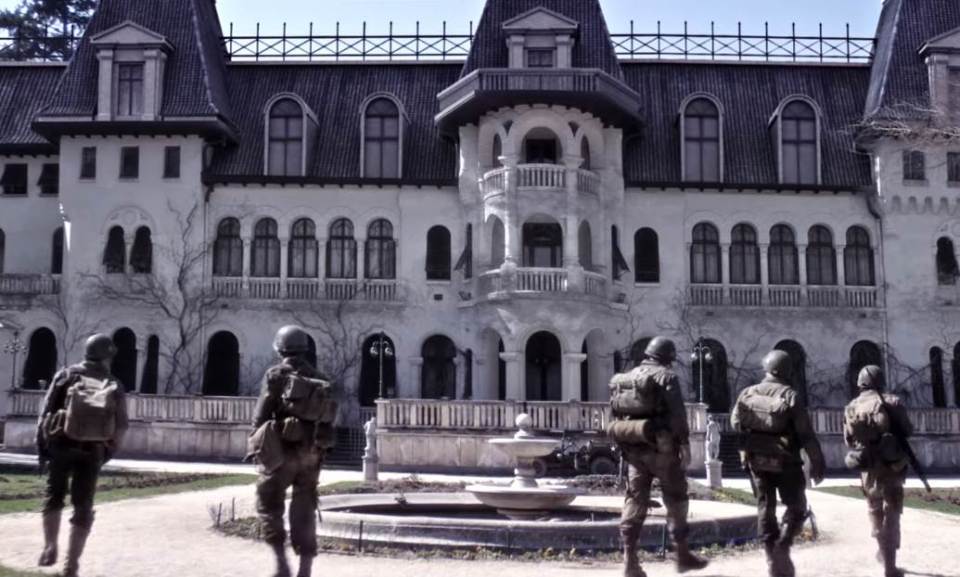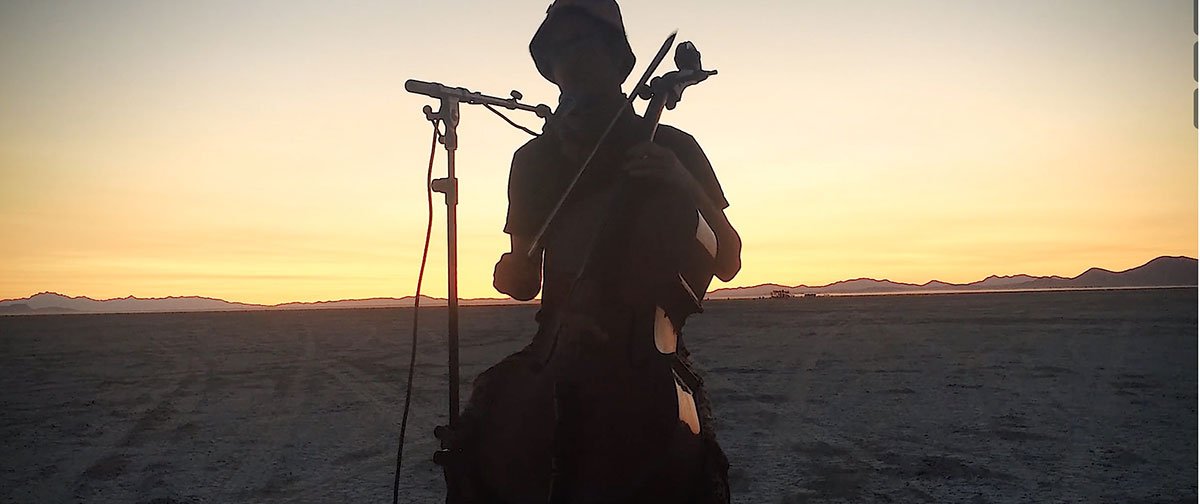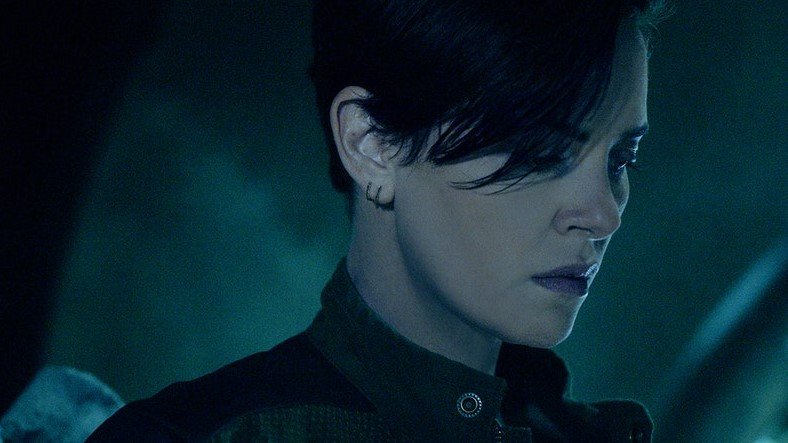Father Soldier Son
by George Wolf
If Boyhood showed us how deeply affecting it can be to watch actors age with their character arcs, Father Soldier Son keeps it even more real.
In what amounts to a condensed version of Michael Apted’s Up documentary series, directors Leslye Davis and Catrin Einhorn follow a military family over a nearly ten year period of pain, hope and personal growth.
We first meet 13 year-old Isaac Eisch and his eight year-old brother Joey waiting for their father Brian – a third generation soldier – to come home from Afghanistan in 2011. The boys are staying with their Uncle during Brian’s tour, but are eagerly awaiting Dad’s two-week return to their Wisconsin home.
Three years later, things have changed.
Brian has lost his lower left leg to a battle wound but has gained Maria, an endlessly supportive and understanding girlfriend. As Brian deals with his anger and feelings of inadequacy, his boys are watching. Despite an earlier vow to remain unchanged by war, he has changed, and his sons are changing, too.
On the surface, this is an immersive and highly effective documentary on the commitment and sacrifice of military families. But the inescapable and important thread underneath is the complex bond of masculinity passed between fathers and sons.
Davis and Einhorn, in their feature debut, give us incredibly revealing moments with the Eisch family. From the simple joys and sweet affection to the missed opportunities and immeasurable pain, the film’s view is clear-eyed but without judgement, often speaking to themes of manhood and patriotism with a sobering honesty.
The point is a purpose in life, and how hard it can be not only to find it, but to feel like you’ve found it. We ache with this family and cheer for them, even when their choices might disappoint us.














